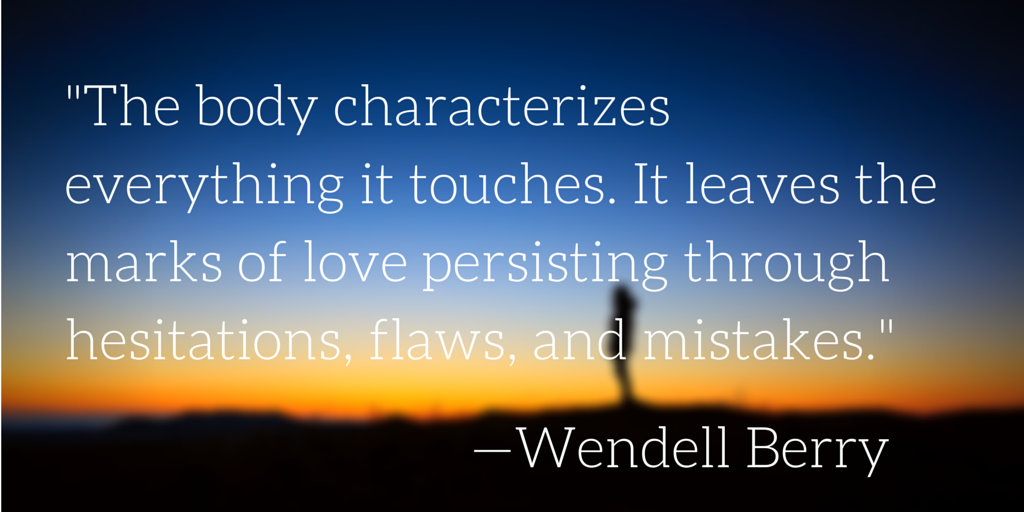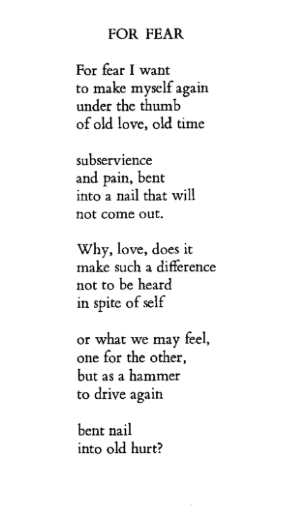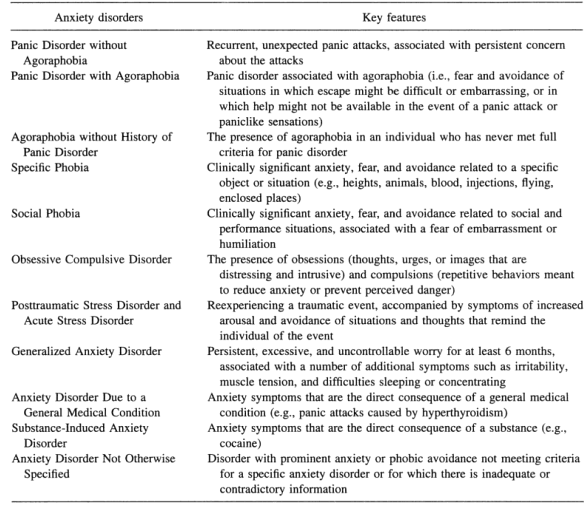Our emotional life is not constituted by crass literalism, but is strewn with – composed of, even – literary devices. Don’t believe me? When your lover asks you to express your feelings about them in words, you will bend the knee. Zoltán Kövecses explains, “Emotion concepts are composed of a number of parts: metaphors, metonymies, [and] ‘related concepts.’”[1] What do these categories look like in terms of the “love” concept? Kövecses gives us a helpful start.
Metaphor:
- love is a nutrient: I am starved for love.
- love is a journey: It’s been a long, bumpy road.
- love is a unity of parts: We’re as one. They’re breaking up. We’re inseparable. We fused together.
- love is a bond: There is a close tie between them.
- love is a fluid in a container: She was overflowing with love.
- love is fire: I am burning with love.
- love is an economic exchange: I’m putting more into this than you are.
- love is a natural force: She swept me off my feet.
- love is a physical force: I was magnetically drawn to her.
- love is an opponent: She tried to fight her feelings of love.
- love is a captive animal: She let go of her feelings.
- love is war: She conquered him.
- love is insanity: I am crazy about you.
- love is a social superior: She is completely ruled by love.
- love is rapture/a high: I have been high on love for weeks.
- the object of love is a small child: Well, baby, what are we gonna do?
- the object of love is a deity: Don’t put her on a pedestal. He worships her.
Metonymy:
- increase in body heat stands for love: I felt hot all over when I saw her.
- increase in heart rate stands for love: He’s a heart-throb.
- blushing stands for love: She blushed when she saw him.
- dizziness stands for love: She’s in a daze over him. I feel dizzy every time I see her.
- sweaty palms stand for love: His palms became sweaty when he looked at her.
- inability to breathe stands for love: You take my breath away.
- interference with accurate perception stands for love: He saw nothing but her.
- inability to think stands for love: He can’t think straight when around her.
- physical closeness stands for love: They are always together.
- intimate sexual behavior stands for love: She showered him with kisses. He caressed her gently.
- sex stands for love: They made love.
- loving visual behavior stands for love: He can’t take his eyes off of her. She’s starry-eyed.
Related Concepts:
“Some of the most important related concepts for love include liking, sexual desire, intimacy, longing, affection, caring, respect, and friendship. Related concepts can be placed along a gradient of their centrality in the definition of an emotion concept, such as love; some of them appear to be inherent parts of the conception of love (such as liking and affection), some of them are only loosely associated with it, in that they are a part of some idealized model of love (such as friendship or respect), and some fall in between (such as caring).”[2]
[1] Zoltán Kövecses, “Metaphor and Emotion,” in The Cambridge Handbook of Metaphor and Thought, ed. Raymond W. Gibbs, Jr. (New York: Cambridge, 2008), 380.
[2] Ibid., 382.











